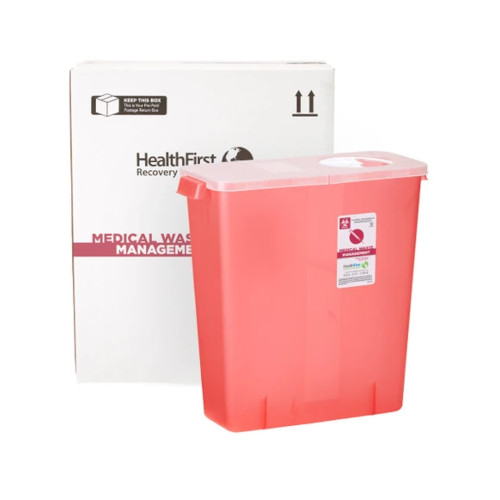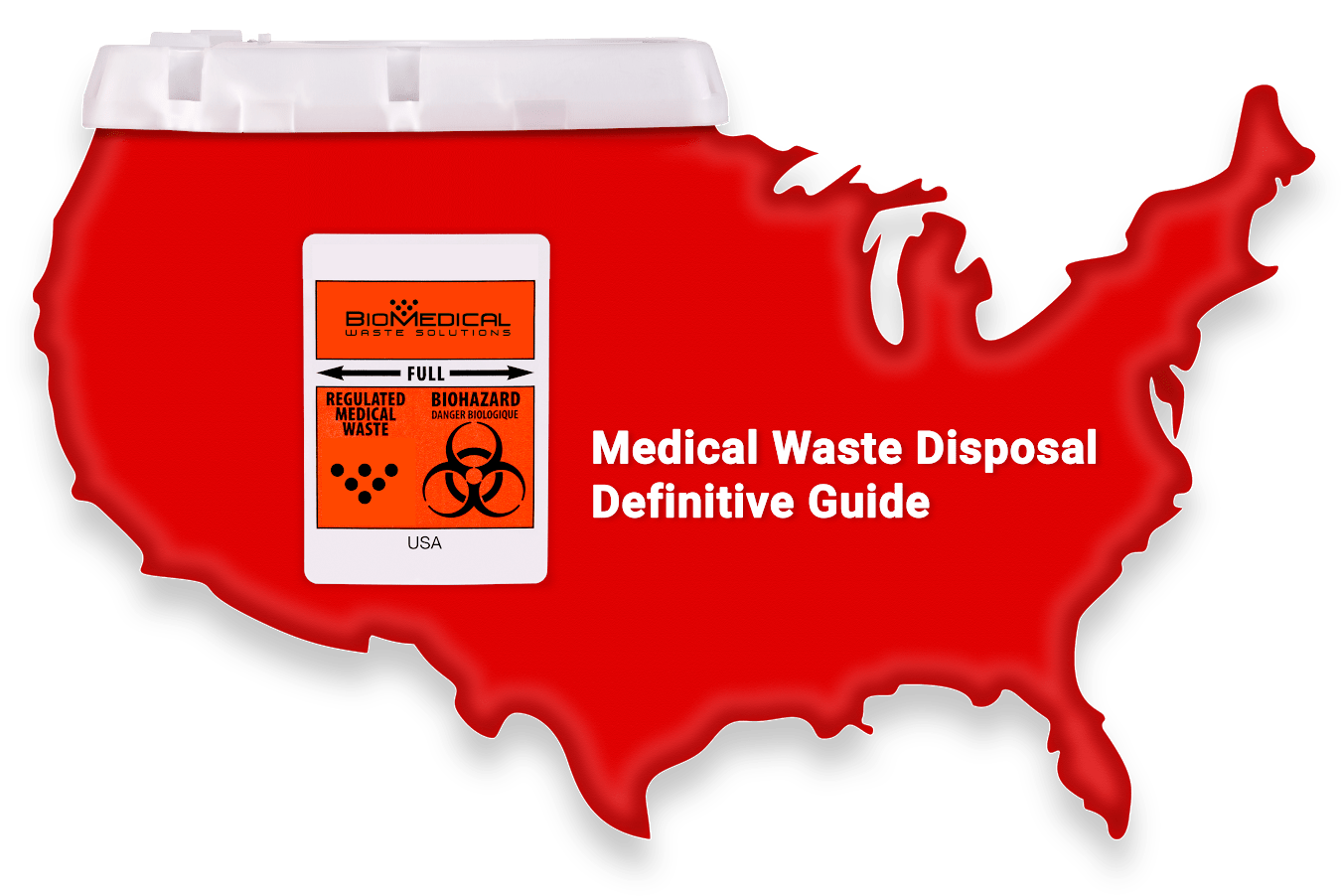Experience Released: Grasping the Art of Medical Waste Removal for Health Facilities
Experience Released: Grasping the Art of Medical Waste Removal for Health Facilities
Blog Article
Checking Out Various Garbage Disposal Options for a Cleaner Atmosphere
In the quest of a cleaner environment, the administration of garbage disposal has actually arised as a vital prime focus for sustainable growth. With a wide range of garbage disposal options offered, ranging from standard garbage dump methods to ingenious waste-to-energy innovations, the selection of exactly how we manage our waste has far-reaching implications for our planet's health. By checking out the different methods and methods used in reusing, composting, incineration, landfill management, and waste-to-energy processes, a deeper understanding of their influences and effectiveness can be acquired. The quest for optimum garbage disposal approaches that prioritize ecological preservation while meeting the requirements of an expanding population remains a pushing issue in today's world.
Recycling Techniques
Implementing reliable recycling methods is crucial in minimizing waste and promoting sustainability in our setting. Reusing entails the procedure of converting waste products into reusable objects to prevent unneeded disposal.
Another vital recycling technique is composting, which entails decomposing organic waste like food scraps and yard trimmings right into nutrient-rich dirt. By including these various reusing approaches right into our waste management techniques, we can significantly reduce our environmental impact and relocate in the direction of a much more sustainable future.

Composting Strategies
Effective waste management methods, such as reusing approaches, lead the method for a cleaner atmosphere, and now, changing the focus to 'Composting Techniques', we check out lasting methods to decay natural waste for environmental benefit. medical waste removal.
Composting is a natural procedure that transforms organic waste, like food scraps and yard trimmings, into a nutrient-rich soil modification. The key to successful composting hinges on producing the appropriate balance of green materials, such as fruit and veggie scraps, and brown products, like dried out branches and fallen leaves. These materials decompose with the help of microbes, breaking down the waste into important garden compost.
Standard yard composting includes layering organic products in a container or pile and regularly transforming the combination to aerate it. By making use of composting strategies, we can minimize the quantity of waste sent out to garbage dumps while producing a useful product for enriching soil and supporting plant development.
Incineration Pros and Cons
Incineration, as a garbage disposal approach, offers both benefits and drawbacks that merit careful consideration in the world of lasting waste monitoring methods. On the silver lining, incineration can significantly minimize the volume of waste, lessening the demand for landfill room and possibly reducing greenhouse gas emissions. Incineration likewise permits the recuperation of energy with the generation of power or heat, adding to resource recovery. The procedure can be utilized to destroy unsafe compounds, offering a risk-free technique for dealing with certain kinds of waste that may posture threats to public wellness and the atmosphere if left without treatment.
Additionally, the high initial investment and operational costs of incineration facilities present economic challenges, making it a much less economical option compared to other waste monitoring techniques. Cautious tracking and regulation are necessary to alleviate these unfavorable effects and take full advantage of the benefits of incineration as part of a detailed waste management method.
Landfill Management Strategies
Landfills play a critical duty in waste management and ecological conservation by providing a control system for the disposal of strong waste materials. Reliable land fill monitoring strategies are necessary to mitigate ecological influences and ensure the lasting sustainability of these waste disposal websites. One key technique is correct waste compaction to take full advantage of the usage of readily available space within the land fill (click here). By condensing the waste, the volume is reduced, enabling for even more waste to be suited over time.
In addition, the application of daily cover techniques is important in minimizing odors, stopping trash, and lowering the destination of parasites. Treatment the disposed waste at the end of daily helps to include smells and stop prospective environmental contamination. Additionally, the tracking of land fill gas discharges and leachate levels is crucial in ensuring that environmental standards are fulfilled which any kind of prospective dangers to bordering environments are decreased.

Waste-to-Energy Technologies
One of the ingenious techniques to lose management entails harnessing Waste-to-Energy technologies to convert strong waste right into useful power sources. Waste-to-Energy (WtE) modern technologies encompass a series of procedures that aim to draw out power from waste materials with thermal, chemical, or organic methods. This conversion procedure not only decreases the quantity of waste that ends up in garbage dumps but additionally creates important energy sources such as electricity, heat, or biofuels.
There are numerous techniques of Waste-to-Energy conversion, consisting of pyrolysis, gasification, and incineration. Incineration includes shedding waste at high temperatures to generate warmth and electrical energy. Gasification converts waste into a syngas, which can be made use of for power generation or chemical manufacturing. Pyrolysis breaks down natural products using high temperatures in the lack of oxygen, generating char, bio-oil, and gas.
Applying Waste-to-Energy innovations can aid alleviate environmental problems related to traditional garbage disposal techniques while at the same time supplying a renewable resource resource. However, cautious factor to consider has to be provided to exhausts control and guaranteeing the sustainability of feedstock products for these innovations to be really advantageous for a cleaner environment.

Final Thought
Finally, exploring different waste disposal choices such as reusing, composting, incineration, landfill monitoring, and waste-to-energy technologies is essential for advertising a cleaner atmosphere - click here. Each approach has its very own benefits and difficulties, however by making use of a combination of these strategies, we can work towards lowering the quantity of waste that winds up in landfills and inevitably add to an extra sustainable future for generations ahead
With a wide variety of waste disposal choices available, ranging from traditional land official statement fill approaches to ingenious waste-to-energy technologies, the choice of exactly how we handle our waste has significant ramifications for our earth's wellness. medical waste removal.Incineration, as a waste disposal approach, provides both benefits and negative aspects that merit mindful factor to consider in the realm of lasting waste monitoring methods.Land fills play an essential role in waste management and ecological preservation by supplying a containment system for the disposal of strong waste products. By condensing the waste, the volume is reduced, permitting for even more waste to be suited over time
One of the cutting-edge methods to waste monitoring entails taking advantage of Waste-to-Energy modern technologies to convert strong waste into usable power sources.
Report this page